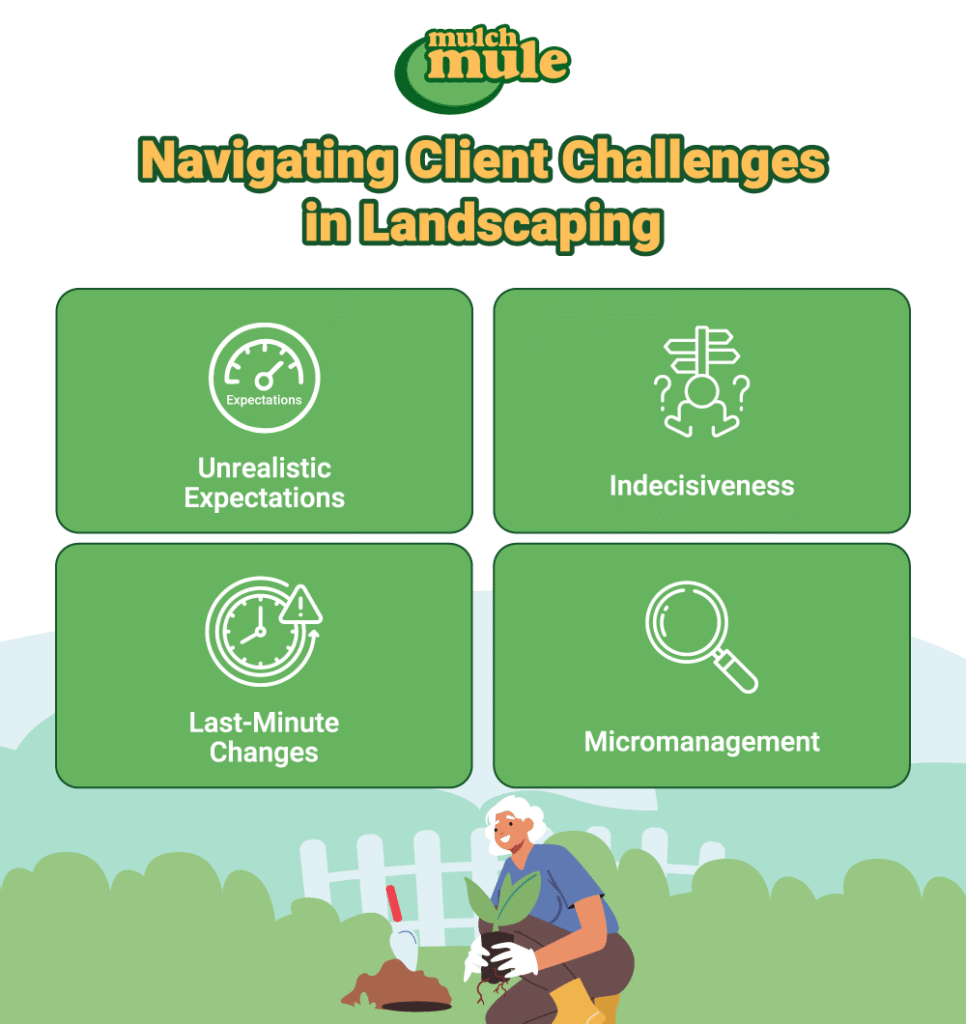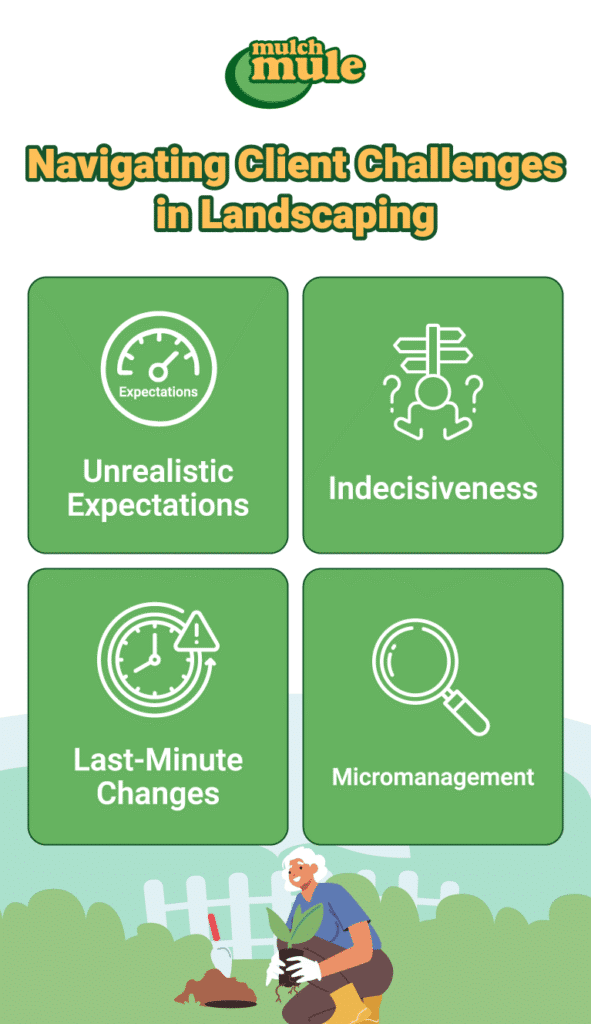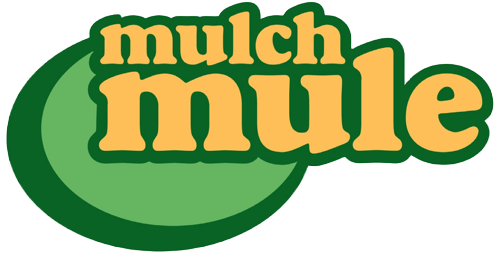Managing customer relationships effectively is essential for any successful landscaping business. In an industry defined by tight schedules, outdoor challenges, and high expectations, handling difficult clients with professionalism and clarity can protect your reputation and foster lasting partnerships. This article explores focused strategies to anticipate, resolve, and learn from challenging customer interactions while highlighting actionable steps to improve overall customer satisfaction. By understanding the nuances of effective customer management, you can transform potential conflicts into opportunities for growth and improved service delivery.
Strong relationships are at the heart of every thriving landscaping business. Effective customer management not only helps in keeping projects on track but also fosters trust and loyalty. When clients feel heard and understood, they are more likely to return for future projects and recommend your services to others. Conversely, poor management can lead to negative reviews, strained relationships, and lost business opportunities. Establishing open communication and realistic expectations from the outset is crucial for building a professional reputation that sets your business apart.
In the landscaping industry, meeting deadlines and managing outdoor projects often introduce unique challenges compared to indoor or office-based sectors. Weather variability, seasonal changes, and constraints around site preparation can affect timelines and budgets. By addressing these factors openly and framing them as part of the process, you help clients understand realistic outcomes, which minimizes the risk of disputes later on.
Furthermore, effective customer management can lead to increased profitability. When difficult situations are resolved efficiently, even dissatisfied customers can become loyal ones. Proactive management helps prevent misunderstandings that cost time and resources. In this way, each new project not only fulfills a single contract but also becomes an avenue for boosting your company’s reputation and bottom line.
Below, we take a deeper look at common customer challenges and offer practical approaches landscaping professionals can adopt to both prevent and navigate tough client behaviors.
Identifying and Anticipating Challenging Customer Behaviors
Understanding common challenging behaviors can help you anticipate problems before they escalate. In landscaping, issues often arise from miscommunication or unrealistic expectations rather than solely from disagreements about materials or design. By spotting these challenges early, you can establish a foundation of trust and respect that makes conflict less likely.


Unrealistic Expectations
Clients sometimes have visions that do not align with practical project realities, such as strict budgets or compressed timelines. Unrealistic goals can stem from a lack of understanding about the complexities involved in landscaping work, including site preparation, soil testing, or local climate considerations. Rather than simply dismissing a client’s grand ideas, guide them toward clearer goals by examining constraints together.
One effective method is to provide references from past projects or show a range of design plans that include detailed timelines and cost estimates. These visuals help shape the conversation around what’s genuinely feasible. When you address budgetary or time constraints early, you reduce surprises once the work is under way.
Example Scenario: A homeowner insists on transforming a backyard with poor drainage into a lush, exotic garden within a month. By walking the client through your site assessment reports—highlighting soil health, grading needs, and plant acclimation times—you can align their vision with a doable plan that respects both climate and budgetary limits.
Indecisiveness
Some clients may struggle with decision-making on details such as materials, plant varieties, or decorative elements. This indecision may come from feeling overwhelmed or uncertain about their final vision. Presenting a curated set of possible designs or sample materials can help them move forward. Instead of flooding them with too many options, focus on three or four well-researched choices that illustrate variations in cost, durability, and aesthetics.
Providing digital mock-ups or short videos showing similar, completed projects can also bring clarity to clients. Offer realistic timelines for how long each option might take, and explain any trade-offs regarding maintenance. By guiding the decision-making process in a structured way, you can help clients gain confidence and avert potential delays.
Last-Minute Changes
Occasional scope modifications or sudden design requests can disrupt schedules and budgets. These interruptions might stem from a client’s evolving tastes or the discovery of unanticipated site issues. To address this proactively, develop a change-management process that is transparent and agreed upon from the very beginning. If a client wants a design adjustment partway through, a clear protocol for documenting and pricing that change can prevent confusion.
Example Scenario: Partway into a retaining wall installation, a client decides they need a small seating area nearby. You would consult your established process, lay out revised costs, and adjust the project timeline openly. Because these guidelines were part of the initial agreement, tensions remain low, and the client respects the added time or expense.
Micromanagement
Frequent questioning, micromanagement, or visible frustration can indicate brewing discontent. Landscaping projects often involve multiple overlapping tasks—soil work, irrigation, planting—that can unnerve clients who are unsure how everything fits together. To preempt this unease, schedule regular check-ins so clients can voice concerns early. For example, a weekly email summary of completed tasks and upcoming priorities can reassure clients that you have control of every stage.
Strategies for Clear and Effective Communication
Transparent communication is the backbone of customer management in landscaping. When clients are consistently informed and engaged, it reduces misunderstandings and fosters collaboration.
Build Trust from the Start
An in-depth consultation phase helps customers feel involved from the outset. Discuss budgets, material preferences, and timeline expectations thoroughly. By showing a willingness to collaborate and clarify, you build a stable foundation that can weather any inevitable bumps down the road.
Moreover, consider presenting a simple “landscaping roadmap” that outlines each phase of the project, from preliminary design to final cleanup. This visual resource, given to clients at the start, reduces their anxiety by giving them a clear view of the journey.
Set Clear Project Expectations
Once a client has decided to proceed with your services, create a detailed written agreement clarifying the scope, timeline, costs, and contingencies. Provide visual references such as design sketches or site maps to reinforce understanding. This formality helps prevent disputes by ensuring you and your client have a mutual reference point for the entire project.
Expanding on that, consider a brief orientation session where you walk the client through each clause in the agreement, pointing out what certain terms mean and how they apply to the landscaping scope. This step positions you as an expert and prevents them from feeling overwhelmed by legal or project-related jargon.
Maintain Regular Updates
Clients appreciate updates on where the project stands. Send progress reports at consistent intervals, noting milestones achieved, upcoming work, and any emerging challenges. This proactive approach shows that you take communication seriously and value their input. For instance, if weather conditions delay a day of planting, promptly inform the client, explain any revised timelines, and outline your contingency plan to keep things on track.
Maintaining this steady flow of updates also helps avoid “radio silence,” a common concern among clients who worry their project has stalled. Even when there’s little tangible progress to report, a brief message can reassure clients that you’re continuing to plan, organize materials, or coordinate labor.
Adapt Communication Channels
Each client has a unique communication style. While some might prefer in-person progress meetings, others might favor concise emails or occasional phone calls. Adapting your methods to meet their preferences, within reason, ensures smooth interactions. For technology-forward clients, consider using shared online documents or communication platforms to centralize messages and updates. This fluid strategy demonstrates your willingness to cater to different styles, which can be particularly helpful for clients who juggle busy schedules.
Maintain Detailed Records
Proactivity is a secret weapon in customer management. By laying a transparent groundwork, you significantly reduce the potential for complaints or misunderstandings later. Keep thorough notes of every discussion, signed agreement, and approved change order. Whether you store this information digitally or in paper form, a robust record-keeping system ensures accountability. If a dispute arises, you can refer back to the documented details to clarify what was promised and when. Such a process mitigates guesswork and strengthens your position as a professional who values transparency.
Handling Complaints with a Solution-Oriented Approach

Addressing complaints promptly and with empathy can transform dissatisfaction into an avenue for showcasing your value. A solution-oriented approach not only resolves the issue at hand but also affirms your commitment to customer care.
Listen and Acknowledge
Encourage the client to share their concerns fully without interruption. Let them describe the nature of the complaint, whether it’s about delayed work or perceived subpar quality. Listening carefully can turn a potentially negative situation into a constructive conversation. It emphasizes the importance of offering verbal cues and rephrasing the client’s statements to confirm your understanding. For instance, if a client is worried about the timeline slipping, paraphrase their worry—“You’re concerned our delays might push the project into the spring season, affecting your overall landscaping plans”—and then propose an action plan. Validation de-escalates tension and sets a more cooperative tone.
Genuine empathy shows clients that you understand their perspective. This approach not only resolves immediate tensions but also positions you as a problem-solver who values client satisfaction above all.
Propose Practical Solutions
Once you understand the root problem, walk the client through potential solutions. For example, if they’re upset about the uneven lawn area, suggest re-grading the spot, checking irrigation systems, or leveling with additional soil as needed. Offering choices can reinforce the notion that you’re flexible while also guiding them toward the most effective outcome. In some circumstances, extending a small courtesy or discount may help mend the relationship.
Example Scenario: A commercial property manager voices concern over poor lawn drainage that emerged after a seasonal storm. You might investigate the issue, propose a short-term fix like aerating and topdressing, and then follow up with a longer-term solution such as installing a drainage channel in a problem-prone area.
Confirm the Agreement
Document each step of the resolution to ensure clarity. Summarize your plan of action, along with any financial or timeline changes, in writing. This concise record helps both you and the client remain aligned. When details are explicitly stated, misunderstandings become far less likely.
Follow Up
It’s essential to confirm that the solution remains satisfactory over time. After implementing the agreed-upon fixes, schedule a quick site visit or message your client to ensure their continued contentment. Prompt follow-ups not only underscore your professionalism but also transform a once-negative incident into an opportunity for building loyalty and trust.
Example Scenario: A landscape maintenance company routinely follows up with clients a month after project completion to ensure they’re pleased with the results. These genuine courtesy calls often spark new requests, such as adding decorative features or scheduling periodic lawn upkeep, turning a one-time gig into a sustained partnership.
Maintaining Professionalism During Challenges
Professionalism is non-negotiable in the face of difficult customer interactions. Even if the complaints seem unwarranted, how you respond under pressure reflects your brand’s credibility.
Manage Your Emotions
Landscaping can be physically demanding and mentally taxing—especially when a client is frustrated. Before engaging with an irate customer, take a moment to compose yourself. If needed, step back for a short break to gather your thoughts or consult a team member for perspective. This cool-down period can be pivotal in responding calmly rather than reacting emotionally.
Stay Respectful and Objective
Always address complaints with politeness and stick to factual details. For instance, if a client complains that their garden beds look incomplete because the mulch hasn’t been delivered, respond by confirming the delivery schedule and discussing any local supplier delays. By maintaining a clear, calm demeanor, you reduce the chance of escalating friction and demonstrate your dedication to quality service.
Respond to Public Feedback Gracefully
In an era where reviews on social media and business platforms hold increasing weight, managing public feedback effectively is crucial. Acknowledge negative posts by thanking the person for their input and inviting them to discuss the issue offline. This approach indicates to other potential clients that you address issues promptly, respectfully, and willingly.
Integrating Technology and Automation in Customer Management
Leveraging technology can streamline many aspects of productivity, efficiency, and even customer management in landscaping.
As far as client management, software tools can centralize schedules, record communications, and automate routine tasks, leaving you more time for personalized customer care. For instance, a cloud-based workspace can store landscaping designs, site photographs, and real-time progress updates accessible to both the team and the client. Automated email reminders can prompt clients about upcoming decisions or approaching seasonal maintenance tasks. These simple digital assistants reduce the likelihood of small oversights snowballing into bigger conflicts.
You can also consider specialized software for scheduling labor and deliveries. By cross-referencing site data and project milestones in one place, you can more accurately forecast potential delays and communicate them to clients. Adopting these tools conveys a strong sense of organization, which customers often interpret as a direct reflection of your reliability.
Leveraging Difficult Situations to Enhance Business Practices
Rather than viewing complaints as purely negative, use them to improve your processes and strengthen customer relations. Every concern or suggestion can highlight areas needing refinement.
Solicit client feedback at key milestones—post-design, after major installations, and upon project completion—to gauge overall satisfaction. This systematic approach reveals what works and where adjustments are needed. For example, if multiple clients express confusion about final invoicing, it’s a signal to revisit your billing practices and clarify costs earlier in the project.
By being open to constructive criticism, you don’t just address individual issues; you also build a culture of continuous improvement. Over time, this practice will shape your business into one that adeptly recognizes and fulfills changing customer expectations.
Enhancing Client Retention and Long-Term Profitability
Customer management in landscaping doesn’t end once a project wraps up. Sustaining strong client relationships yields recurring revenue—through ongoing maintenance contracts, seasonal updates, or referrals to friends and neighbors.
Consider sending out occasional newsletters or seasonal tips to past clients, keeping your business top-of-mind. Personalized check-ins around anniversaries of the completed project can also encourage customers to share updates or request additional services. This approach nurtures a sense of partnership, wherein clients feel comfortable approaching you with new ideas or expansions.
Moreover, word-of-mouth remains one of the most powerful drivers of new projects. A satisfied client base is more likely to recommend your company, improving your market share without hefty advertising costs. Maintaining a loyalty or referral program can incentivize existing clients to connect you with fresh leads, further boosting profitability.
Transform Challenges into Growth Opportunities
Challenging customer interactions are an inevitable aspect of the landscaping industry, yet they can serve as catalysts for growth. By setting clear expectations, communicating effectively, and managing complaints with a constructive mentality, you can turn difficulties into opportunities for strengthening client relationships and enhancing your reputation. Implementing proactive strategies—detailed written agreements, frequent check-ins, and thorough record-keeping—prevents misunderstandings and builds trust.
To further boost your efficiency and profitability, explore the innovative solutions offered by Mulch Mule. Whether you’re looking to speed up material handling or reduce labor costs in large-scale projects, Mulch Mule is a piece of equipment that is designed to make your work safer and more profitable. It was developed by a landscaper for landscapers looking to scale their business. Customers who have purchased Mulch Mule say that it has increased their productivity (double in some cases), boosted employee morale, and has put projects months ahead of schedule.
By consistently refining your customer management in landscaping and combining it with reliable tools like the Mulch Mule, you can position your business to thrive—even when faced with tough clients.
Want to see the Mulch Mule in action? Connect with Mulch Mule today to get a quote or set up a free demonstration and discover how this innovative equipment can streamline your landscaping projects—saving you time and tackling tough outdoor challenges with ease.




